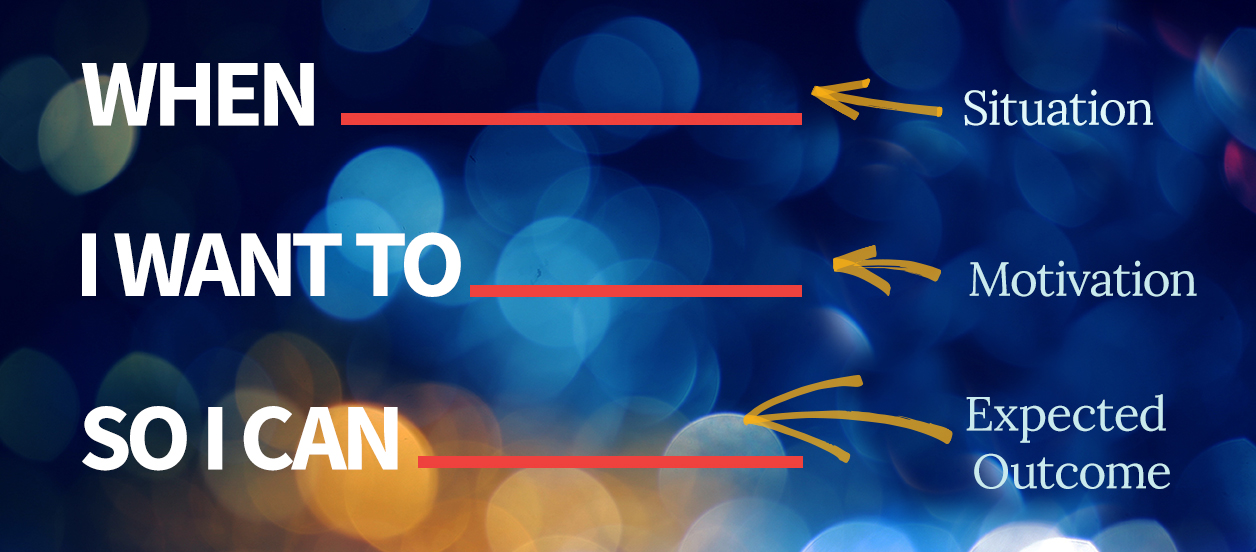Blog • Insights
Working “Jobs-to-be-Done” into the Design Process
“People don’t want a quarter-inch drill, they want a quarter-inch hole.” ~ Theodore Levitt
JTBD was first coined as a theory in 1990 by strategy consultant Tony Ulwick and later rose in popularity in business circles when Harvard Business School Professor Clayton Christensen covered it in his 2003 book, The Innovator’s Solution. While JTBD has its roots in the business world, its application bodes well for digital and product designers who use audience-centered design thinking to guide their work.
JTBD: Putting the Why Before the What
Every client, customer, and organization has a unique set of situations, motivations, and desired outcomes that influence their actions. As designers responding to these issues, we must work creatively to develop forward-thinking solutions. Of course, there is no silver bullet when it comes to solutions, so the process to develop solutions must be unique to that issue.
JTBD is an effective way to consider not just what people are trying to get done, but why. By designing solutions that respond to goals, situations and motivations, designers can uncover additional possible solutions that may not have been obvious when designing for a single task or requirement.
As compared to audience persona user stories, JTBD job stories differ in the way they prioritize context and motivation over demographics and roles. The following is a framework for writing a job story:

Source: jtbd.info
By focusing on why a person is solving a problem, the designer can solve for the immediate problem AND identify additional areas for solutions within the design. In this way, the designer is more likely to create a solution that the user will actually use to solve his/her real problem.
The Main Elements of the JTBD Framework
There are 6 key steps for using JTBD (developed by Alan Klement):
- Identify the high level job to be done
- Identify smaller job(s) that help resolve the higher level job
- Observe how people solve the problem now
- Interview people to understand motivations for choosing current solution
- Develop job stories to investigate motivations, causality, and anxieties/struggles
- Create a solution to resolve the job stories (i.e., feature or UI change)
Why You Should Use JTBD in Your Design Process
To echo Levitt, people know what they want (i.e., a quarter-inch hole), but don’t care so much about how to get it. It’s our job as designers to get people what they want without distracting them with the process to get it. For digital solutions, this means that we need to identify which job people are trying to get done on a certain page and make it a seamless experience for them to complete.
So, where to start? Well, start by asking yourself these two questions: “What job is the user trying to get done?,” and, “How well can my solution respond to it?”
Learn More About JTBD
Here are some great resources if you’re interested in delving deeper into the JTBD framework:
- What is a Job to be Done (JTBD)? What is Customer Jobs Theory? — Alan Klement
- Putting Jobs-to-be-Done to Work: A Framework for Disruption — Jim Kalbach
- Jobs to be Done: from Doubter to Believer — Sian Townsend
- The Innovator’s Solution — Clayton Christensen
- What Customers Want — Tony Ulwick